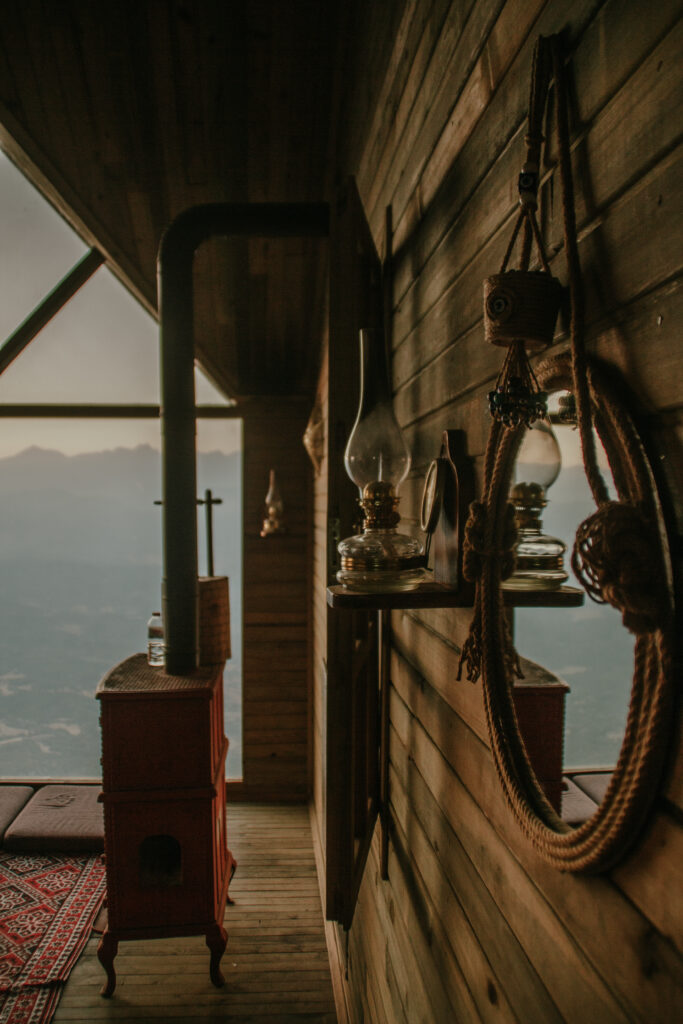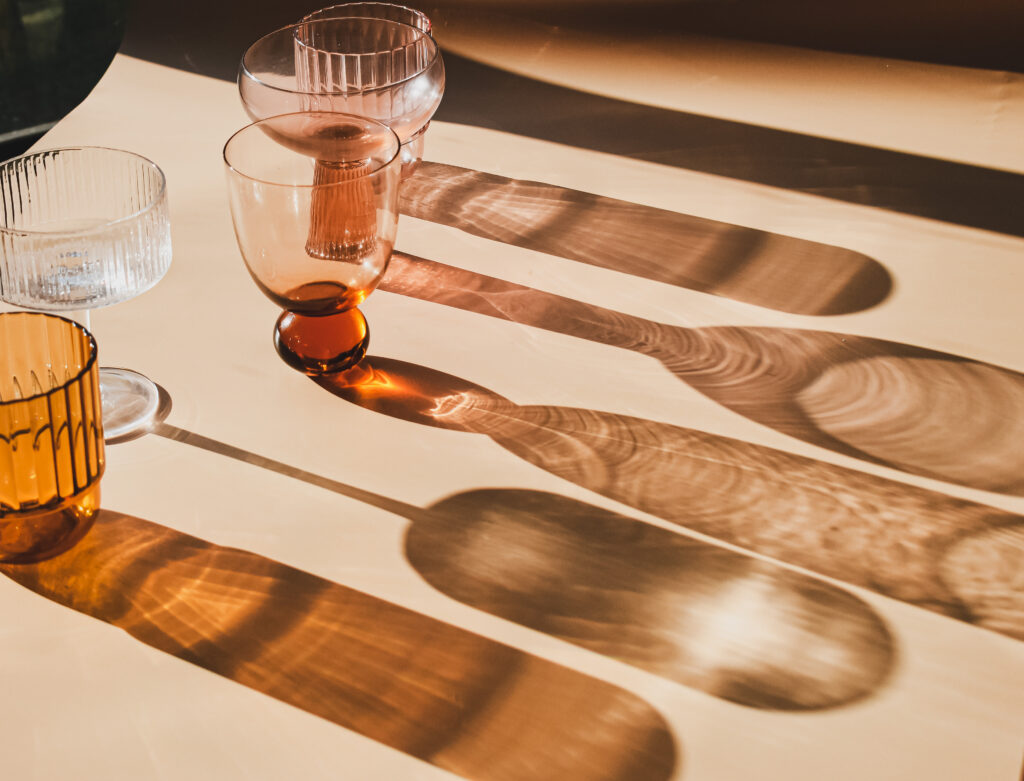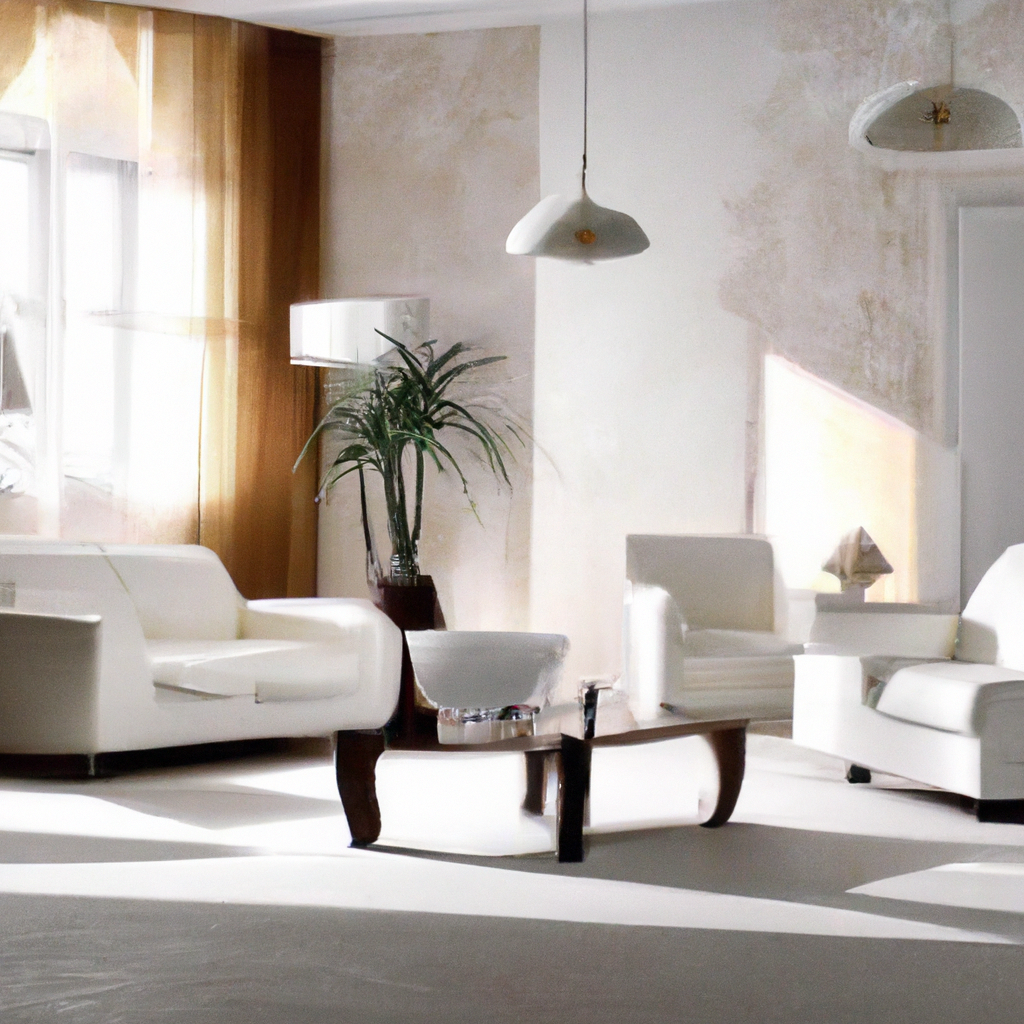
When it comes to creating the perfect ambiance in a room, finding the best way to light it up can make all the difference. From adding warmth and dimension to highlighting specific features, the right lighting can transform a space. Whether you’re looking to design your home, get inspiration for a residential interior, or explore various homestyle designs, finding the perfect lighting solution is key. In this article, we’ll explore different techniques and ideas to help you achieve the ideal lighting for any room.

Natural Lighting
Benefits of Natural Lighting
Having ample natural lighting in a room provides numerous benefits for both your physical and mental well-being. Firstly, natural light is a mood booster, as it promotes the production of serotonin, a hormone that helps regulate your mood. It can also increase productivity and concentration levels, making it ideal for workspaces or study areas.
Additionally, exposure to natural light has been linked to improved sleep patterns and overall sleep quality. The daylight helps to regulate your circadian rhythm, making you feel more awake during the day and enhancing your ability to wind down at night. Natural light also helps in reducing eye strain and can even have a positive impact on your immune system.
Maximizing Natural Lighting
To make the most of natural lighting in a room, start by removing any heavy window coverings or curtains that may be blocking the light. Opt for sheer or light-colored curtains that allow the sunlight to filter through. You can also keep your windows clean to ensure maximum light penetration.
Another way to enhance natural lighting is by choosing light-colored paint for your walls. Light-colored walls reflect light better and create an illusion of a brighter space. Consider using white or pastel shades to maximize the natural light coming into the room.
Strategic furniture placement is also essential to maximize natural lighting. Arrange your furniture in a way that doesn’t obstruct the flow of sunlight into the room. Avoid placing large or tall pieces of furniture in front of windows to allow for uninterrupted light.
Using Mirrors to Reflect Natural Light
Mirrors can be a powerful tool in reflecting and amplifying natural light within a room. Placing a mirror opposite a window can help bounce the light around the space, making it feel brighter and more expansive. You can experiment with different mirror sizes and shapes to find the best placement that suits your room’s layout and maximizes the natural light.
If you have a particular area in the room that lacks natural lighting, consider placing a mirror nearby to reflect light from nearby windows or other sources. Mirrors not only enhance natural lighting but also add a touch of style and elegance to your room’s decor.
Task Lighting
Importance of Task Lighting
Task lighting is crucial for providing focused and concentrated illumination for specific activities such as reading, writing, cooking, or working on hobbies. It helps to reduce eye strain and provides adequate lighting to perform tasks effectively and comfortably. Without proper task lighting, you may strain your eyes and experience fatigue, leading to decreased productivity and potential health issues.
Choosing the Right Task Lighting
When selecting task lighting, it’s essential to consider the specific activities you’ll be performing in the space. Different tasks require different lighting levels and fixtures. For tasks that involve reading or detailed work, consider using adjustable desk lamps with focused, bright light. LED desk lamps are a popular choice due to their energy efficiency and adjustable settings.
If you’re working in the kitchen, under-cabinet lighting can be ideal for illuminating countertops and workspaces. These lights are typically installed underneath cabinets and provide direct, targeted lighting for food preparation and cooking.
Placement of Task Lighting
The proper placement of task lighting is crucial to ensure optimal illumination. For reading or desk tasks, position the light source to the side of your dominant hand to minimize shadows on your work surface. You can place a desk lamp on your desk or table, making sure it’s at a height that allows for comfortable and glare-free illumination.
In the kitchen, under-cabinet lighting should be installed directly under the upper cabinets, shining down onto the countertops. This placement ensures that the area you’re working on is well-lit, making cooking and food preparation easier and safer.

Ambient Lighting
Creating a Warm and Cozy Atmosphere
Ambient lighting, also known as general lighting, sets the overall mood and ambiance of a room. It provides a soft, diffused glow that fills the space and creates a warm and inviting atmosphere. Ambient lighting is especially important in areas where you relax and socialize, such as living rooms, bedrooms, and dining rooms.
To create a cozy atmosphere, you can use various types of ambient lighting, such as recessed lights, wall sconces, or pendant lights with soft, warm-toned bulbs. These fixtures distribute light evenly throughout the room, eliminating harsh shadows and creating a comfortable environment.
Using Dimmers for Ambient Lighting
Dimmers are an excellent addition to ambient lighting as they allow you to control the intensity of the light. With a dimmer switch, you can adjust the brightness according to your preference and the specific mood you want to create. Dimming the lights can help create a more relaxed and intimate atmosphere for activities like watching movies or having a romantic dinner.
Installing dimmer switches can be a relatively simple and cost-effective upgrade to your existing ambient lighting fixtures. Most modern dimmers are compatible with a wide range of bulbs, including LED and incandescent, allowing you to customize your lighting experience.
Layering Ambient Lighting
Layering ambient lighting involves using multiple sources of light to create depth and dimension in a room. Instead of relying on a single overhead light, consider incorporating various ambient light fixtures at different levels in the space.
For example, you can combine recessed lighting with wall sconces and a ceiling-mounted pendant light, all controlled by dimmer switches. This layered approach enhances the overall lighting effect, adds visual interest, and allows you to customize the brightness and ambiance of the room based on your needs and preferences.

Accent Lighting
Highlighting Artwork and Décor
Accent lighting is aimed at highlighting specific features or objects within a room, such as artwork, sculptures, or architectural details. It adds visual interest and helps draw attention to focal points, creating a visually appealing and well-designed space.
Accent lighting fixtures, such as track lights, spotlights, or picture lights, are designed to provide directed illumination and focus on the intended subject. By selectively highlighting certain elements, accent lighting adds depth and intrigue to your room’s overall aesthetic.
Choosing the Right Accent Lighting Fixtures
When selecting accent lighting fixtures, it’s important to consider the size, shape, and color of the objects you intend to highlight. For larger pieces or areas, such as a full wall of artwork, track lighting or adjustable recessed lights can provide versatility and ease of adjustment.
For smaller objects, such as a sculpture or a single painting, consider using picture lights that attach directly to the frame or wall. These lights provide a focused beam of light that can be adjusted to suit the size and scale of the artwork.
Placement of Accent Lighting
Proper placement of accent lighting is essential to achieve the desired effect. Experiment with different angles and positions to find the most flattering and impactful lighting arrangement for your artwork or décor. Avoid placing accent lights too close or too far away from the object, as it may create shadows or uneven lighting.
When lighting multiple objects, ensure that each one has its dedicated light source to avoid competing shadows and achieve a balanced visual arrangement. By strategically placing accent lighting, you can transform your room into an art gallery-like space that showcases your cherished pieces.
Stay tuned for the next part of the article, which will dive into other types of lighting, including overhead lighting, floor lamps, table lamps, wall sconces, chandeliers, and smart lighting systems.

